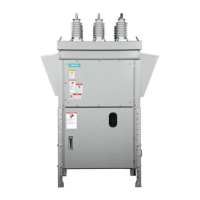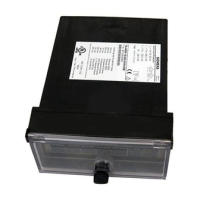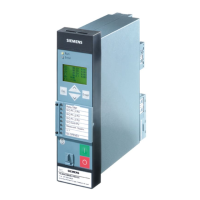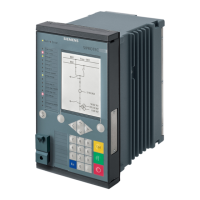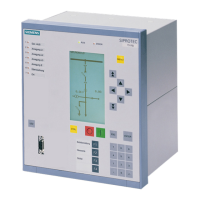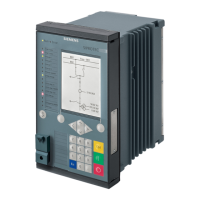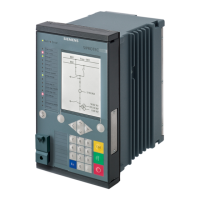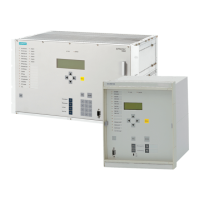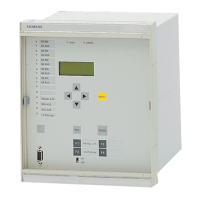16
Residual current protective devices
4.1.1 Type AC
Type AC residual current protective devices are suitable only for detecting
sinusoidal AC residual currents (see circuits 1 to 3 in table 1). This device type
is not authorized in every country (e.g. Germany as per DIN VDE 0100-530) for
residual current protection and cannot carry the VDE mark of conformity.
4.1.2 Type A
Type A residual current protective devices detect pulsating DC residual currents
in addition to sinusoidal AC residual currents. This type of device is the most com-
monly used pulse currentsensitive residual current protective device in Germany.
It can therefore also handle the residual current waveforms which can occur in the
power supply units of single-phase loads with electronic components (e.g. ECG,
dimmer switches). Smooth DC residual currents up to 6 mA do not affect the trip
properties unacceptably. This type of residual current protective device is suitable
for electronic equipment with input current circuits 1 to 6 in table 2.
4.1.3 Type F
Type F residual current protective devices detect all residual current types as do
Type A. Additionally, they are suitable for detecting residual currents from mixed
frequencies of up to 1 kHz. This will also be able to cope with the possible residual
current waveforms on the output side of single-phase connected frequency con-
verters (e.g. in washing machines, pumps). Smooth DC residual currents up to
10 mA do not affect the trip properties unacceptably. Type F residual current
protective devices additionally have short-time delayed tripping and enhanced
current withstand capability. They are suitable for electronic equipment with
input current circuits 1 to 7 in table 2.
4.1.4 Type B
In addition to detecting residual current waveforms of Type F, residual current
protective devices of Type B are used to detect smooth DC residual currents.
Residual current protective devices of this type are suitable for use in 50/60 Hz
three-phase AC systems, but not in DC voltage systems or where frequencies
differ from 50/60 Hz as on the output side of frequency converters. They can be
used for all input current circuits listed in table 1, i.e. also for those identied
with numbers 8 to 13. Tripping values dened up to 2 kHz.

